Architecture cameras to take quality images of buildings & sights
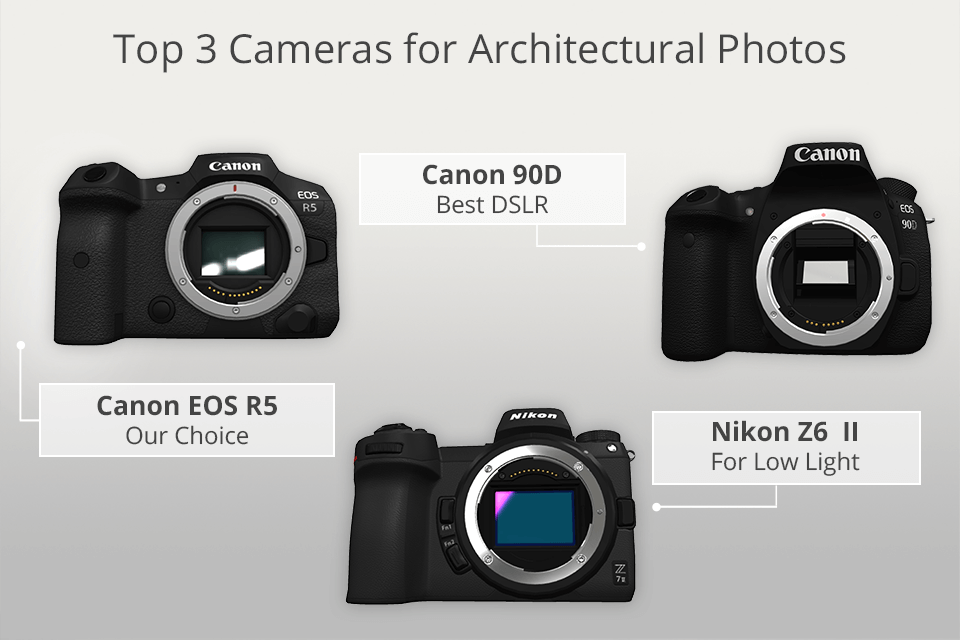
Architectural photographers know how difficult it can be to take photos of exteriors or cityscapes. The best camera for architectural photography helps you capture pictures with accurate shapes and angles. It also comes in handy when you need to process photos.
The average cost of a good camera ranges between $1,500 and $2,500. However, on the market, you can find models that cost from $1000 to $4,000, which allows you to select the best option for your budget.
When choosing a camera for architectural photography, keep in mind the importance of lens choice, camera body, lens system compatibility, and sensor size. Besides, having a camera for photography with a high resolution and low noise is crucial. This allows to capture the finest details and create crisp, clear images of buildings and structures.
I also recommend to pay attention to camera’s ergonomics. It should have either a full-frame sensor or a cropped sensor, which is more affordable. Alternatively, you can opt for a camera with an APSC size sensor.
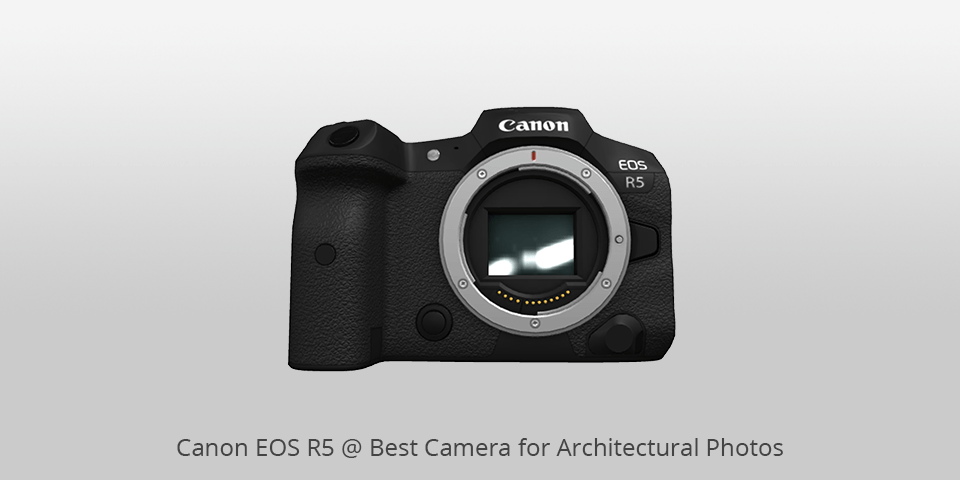
Type: Mirrorless | Megapixels: 45MP | ISO: 100-51200 | Shooting speed: 12fps | Video resolution: 8K UHD 4320p
One of the standout features of the Canon EOS R5 is its high-resolution sensor. With a large number of pixels, this camera for architectural photography offers a significantly larger dynamic range, resulting in stunning image quality of your architectural photos. The camera also has a new CR3 RAW format, which produces detailed images and is compatible with popular editing software like Adobe Lightroom.
The Canon EOS R5 also excels in low-light performance. It effectively minimizes digital noise at all ISO sensitivities, allowing for sharp and detailed images with exceptional clarity. The option to record HDR PQ files with a wider range of tones is also a valuable tool for capturing architectural scenes with great depth and contrast.
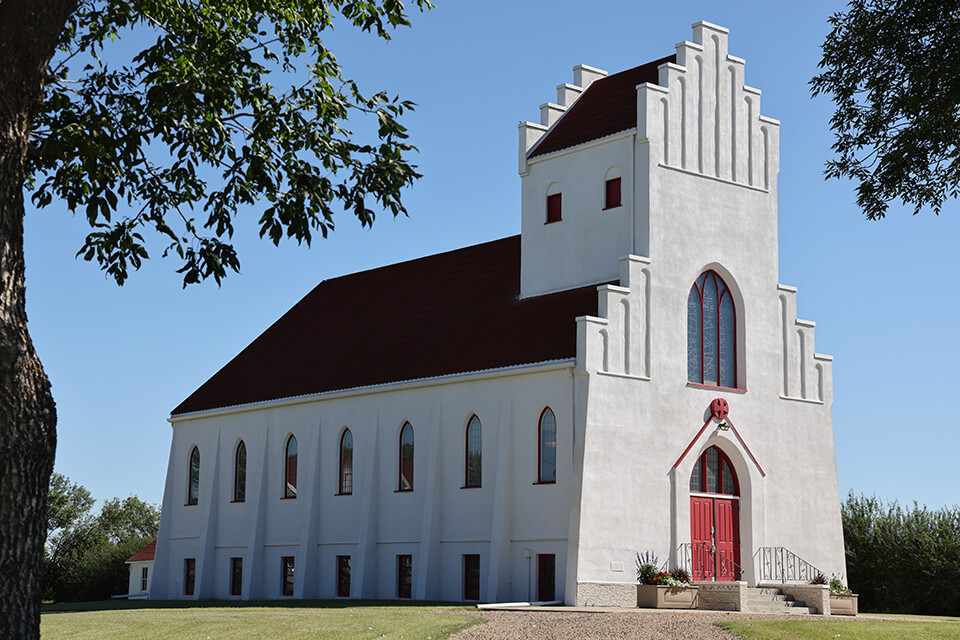
Lastly, while this mirrorless camera offers excellent features for architectural photography, it's important to note that it comes with a hefty price tag. So, it may not be the most budget-friendly option for beginners or photographers on a tight budget.

Type: DSLR | Megapixels: 32.5MP | ISO: 100-25600 | Shooting speed: 10fps | Video resolution: 4K UHD 2160p
The Canon 90D has built-in image stabilization options to help eliminate unwanted camera movement, which is crucial when experiment with architecture and real estate photography.
Low light conditions can be challenging, but the Canon 90D handles it well with its high sensitivity capabilities. It allows you to capture those intricate details that may be hard to see with the naked eye. Plus, its wide color gamut ensures rich and vivid colors in your architectural shots.
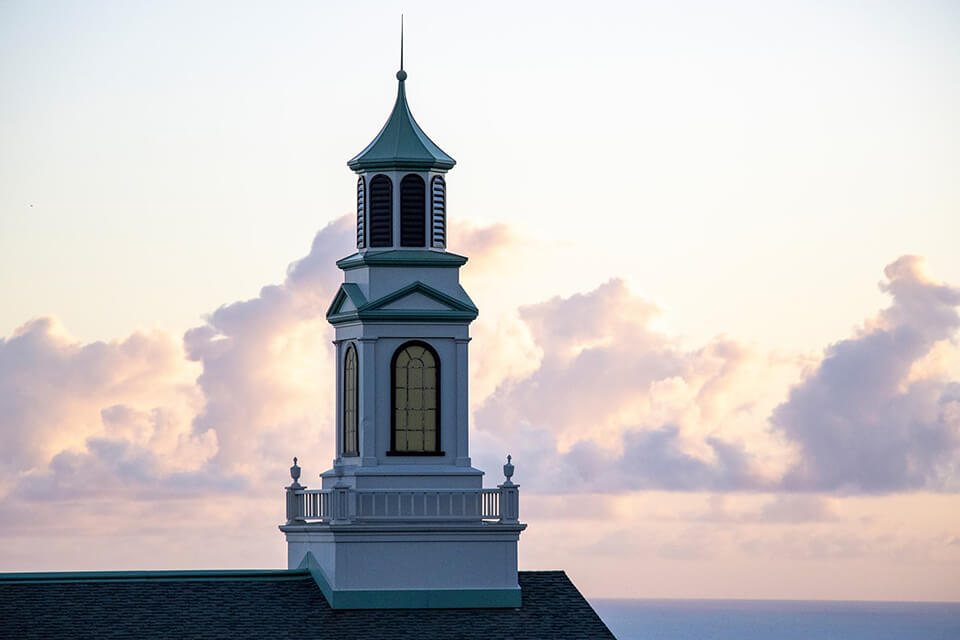
The architecture camera also has an articulating touchscreen LCD, which is super handy for viewing and operating the camera from various angles. Remember, this camera requires specific lenses to perform at its best, so you might need to invest in some additional gear.
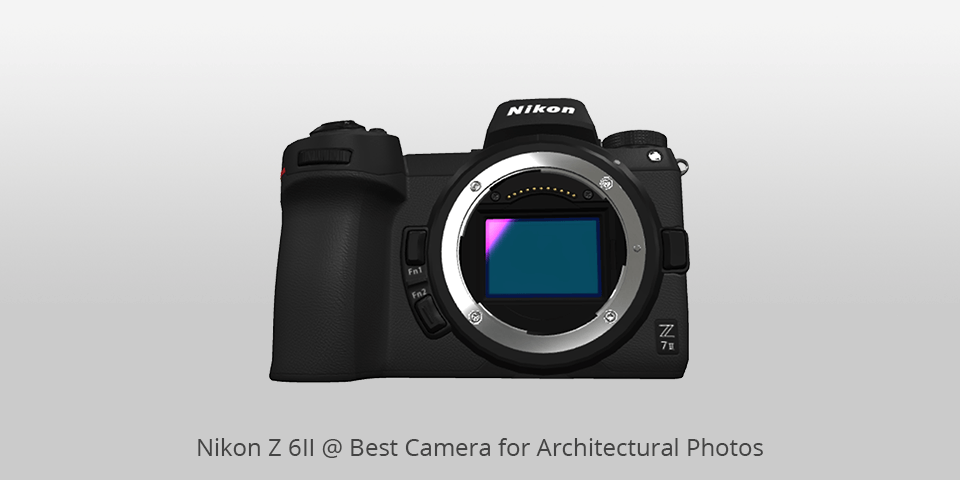
Type: Mirrorless | Megapixels: 24.5MP | ISO: 100-51200 | Shooting speed: 14fps | Video resolution: 4K UHD
The Nikon Z6 II delivers fast and accurate focusing, which is crucial when capturing architectural details. Moreover, the architecture photography camera performs exceptionally well in low-light conditions, allowing you to capture stunning images of buildings even in challenging environments.
One standout feature of the Z6 II is its image stabilization system. This helps reduce blurring caused by hand-shake when using Z-mount lenses or older F-mount lenses. With up to 5 EV stops of stabilization, I found this to be incredibly useful when shooting handheld in various situations.
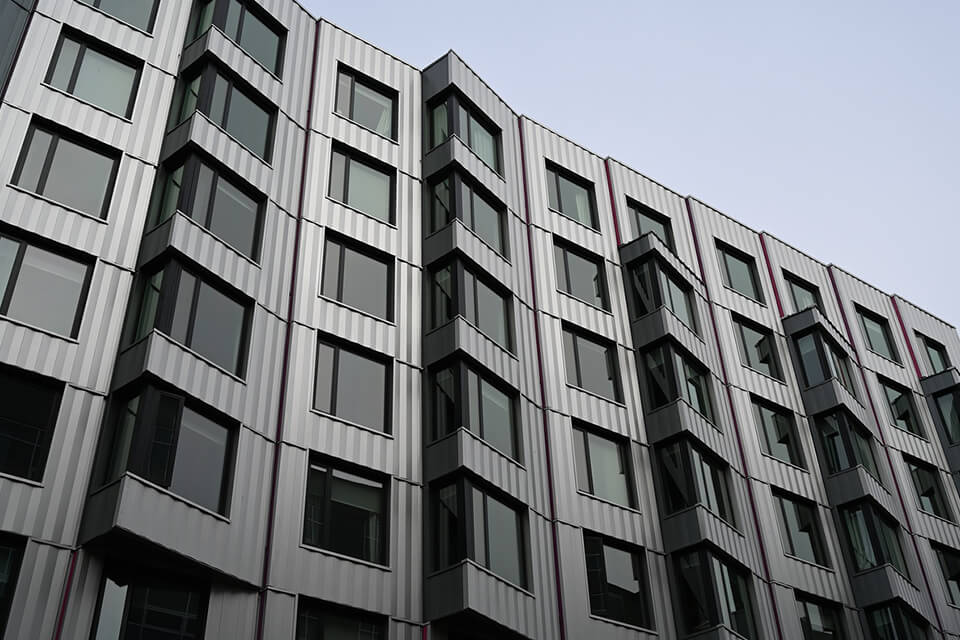
This Nikon photography camera also provides a variety of photo and video modes, including 4K UHD 60p recording with full-pixel readout, support for HDR (HLG) shooting, and N-Log for increased post-production control and color grading. What’s more, the Z6 II can be remotely controlled with a compatible smartphone, enabling file transfers and remote adjustments.
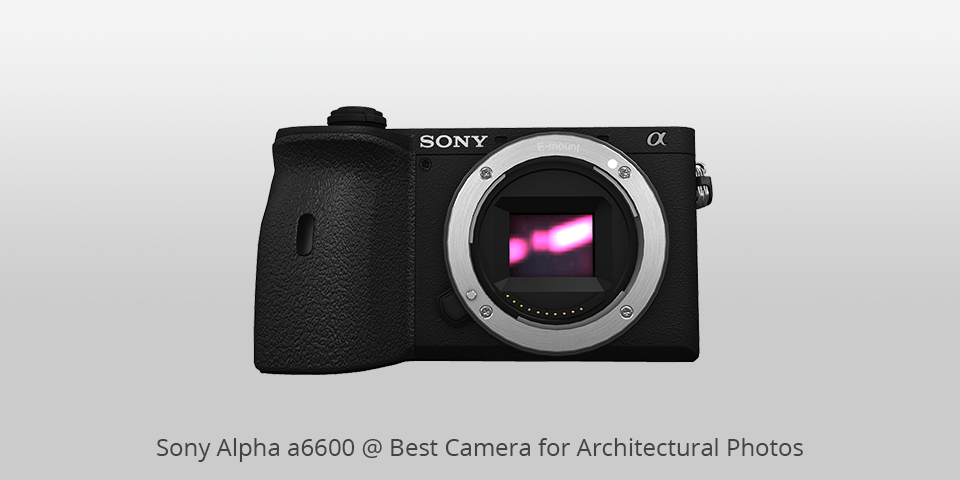
Type: Mirrorless | Megapixels: 24.2MP | ISO: 100-32000 | Shooting speed: 6fps | Video resolution: 4K UHD 2160p
The Sony Alpha a6600 produces stunning results and offers a high resolution sensor, which is crucial for capturing intricate details in buildings. The camera's design is stylish and ergonomic, making it comfortable to use for both beginners and professionals in real estate photography business.
Another thing I love about this Sony camera is its long battery life. It has a larger battery compartment compared to its predecessors, and the battery itself can last for up to 800 shots. This is a significant improvement, especially if you're shooting for extended periods or recording video.

The architectural photography camera also excels in fast and accurate autofocus. Its fast hybrid AF system, combining contrast and phase-detection AF, is incredibly quick and can focus on moving subjects with ease.
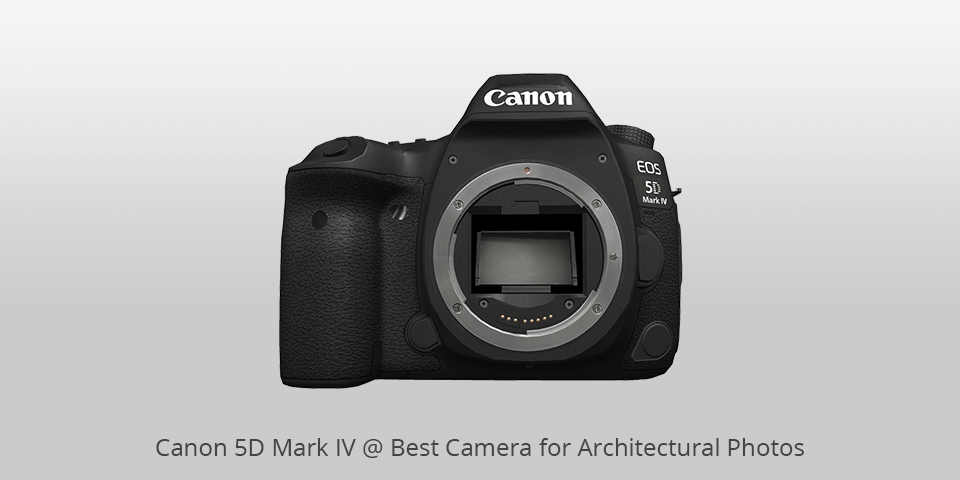
Type: DSLR | Megapixels: 30.4MP | ISO: 100-32000 | Shooting speed: 7fps | Video resolution: 4K
The Canon EOS 5D Mark IV boasts a high-resolution sensor and in-camera cropping options, giving you the flexibility to capture all the intricate details of a building. The camera also features IBIS (In-Body Image Stabilization) and a vari-angle touch screen, making it easy to frame and shoot your images just the way you want.
One of the standout features of this Canon camera is its low-light autofocus performance. It can focus down to EV -3 using the center point, which is a significant improvement for those challenging low-light situations.

This camera for architectural photography handles high-contrast scenes like a champ, allowing you to capture the full range of light and shadows in your shots of buildings. This is especially important when dealing with constructions that have a lot of intricate details and varying light conditions.
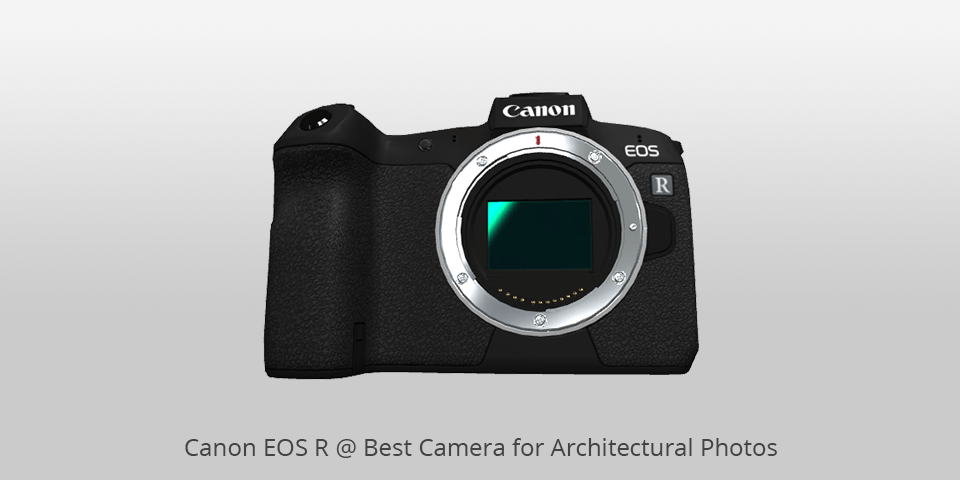
Type: Mirrorless | Megapixels: 31MP | ISO: 100-40000 | Shooting speed: 8fps | Video resolution: 4K UHD 2160p
The Canon EOS R camera has a touch bar located next to the electronic viewfinder. This customizable bar allows you to perform a variety of functions, giving you more control and flexibility in your shooting at the streets.
The autofocus system on the EOS R is fast and accurate, ensuring that your architectural shots are crisp and in focus. Combined with the wide range of RF lenses available, you have a lot of options to capture stunning architectural details.
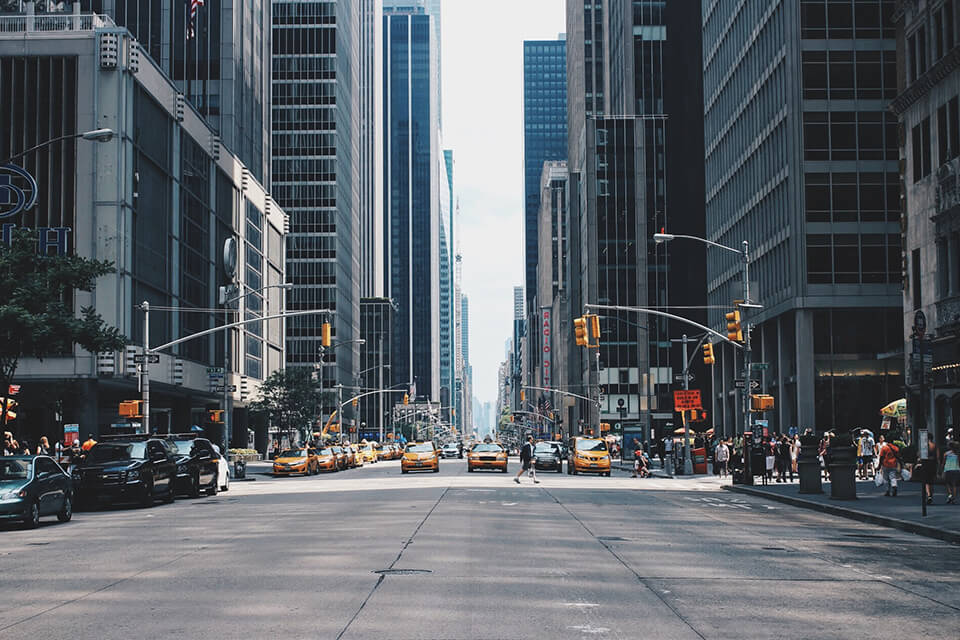
With its high-resolution sensor, the camera delivers excellent sharpness and dynamic range, allowing you to capture even the smallest architectural nuances. It's particularly impressive in handling high contrast situations, preserving details in both highlights and shadows.
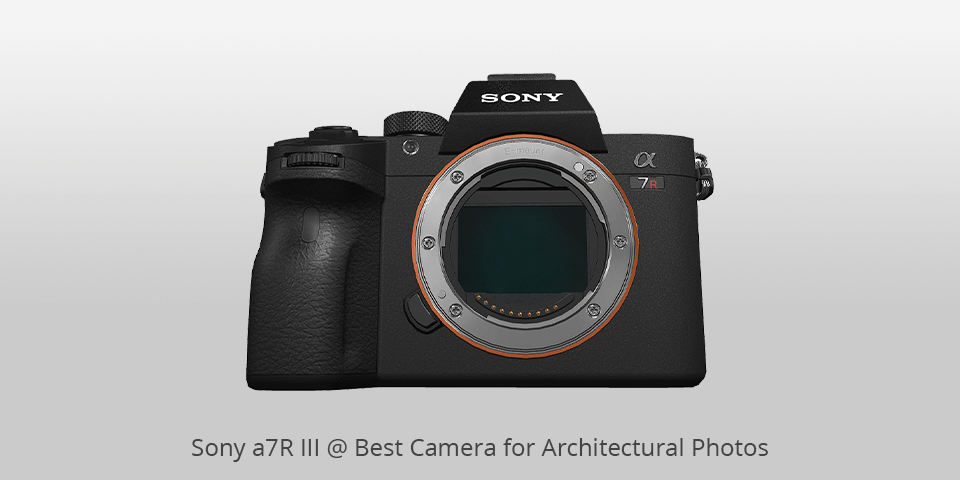
Type: Mirrorless | Megapixels: 42.4MP | ISO: 50-102400 | Shooting speed: 10fps | Video resolution: 4320p
The Sony Alpha 7R III is specifically designed camera for architectural photography. It boasts a powerful processor and a large LCD screen, which is super handy for reviewing your shots on the go. Plus, it's capable of recording high-quality video, which is a nice bonus.
One of the standout features of this camera is its high-resolution sensor. It's perfect for capturing the intricate details of buildings and interiors, thanks to its wide dynamic range and stunning image quality. The wide-angle lens also helps in capturing more detail in each shot.
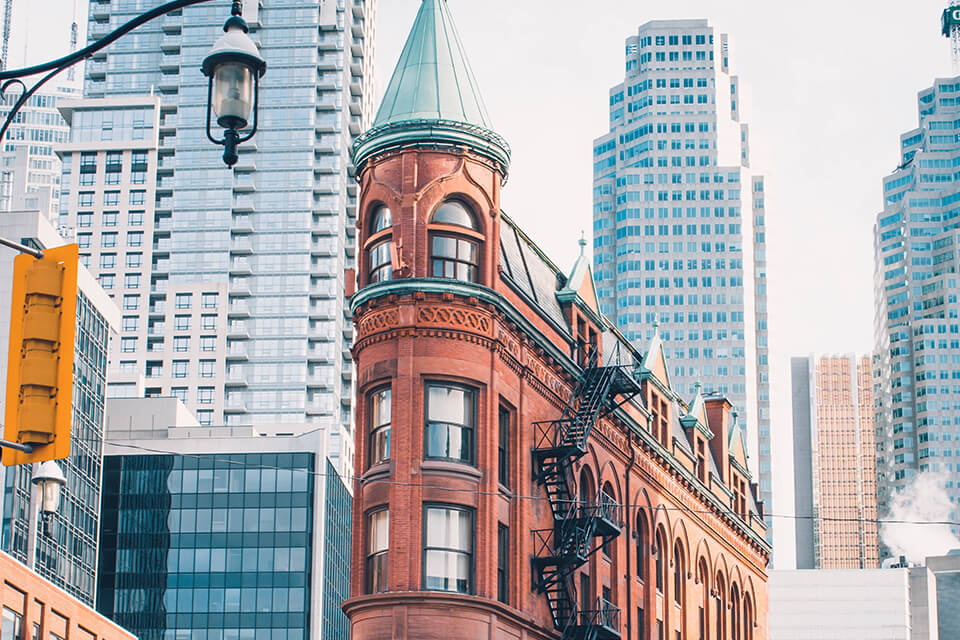
Another cool feature of this mirrorless camera for beginners is the pixel-shift multi-shot mode. By utilizing the camera's in-body stabilization, it can create composite images with incredible detail and color accuracy.
What’s more, the 45-point all cross-type AF system ensures precise focus, while the bulb mode allows for capturing those stunning long exposures often needed in architectural shots.

Type: DSLR | Megapixels: 45.7MP | ISO: 64-102,400 | Shooting speed: 7fps | Video resolution: FHD 1080p
With the Nikon D850, you can capture stunningly detailed images of buildings, even the tiniest architectural features. The image quality is simply incredible, with outstanding dynamic range and minimal risk of moiré.
One of the standout advantages of the D850 is its wide range of crop factors. This allows you to capture the smallest architectural details with ease, giving you immense flexibility in your compositions.
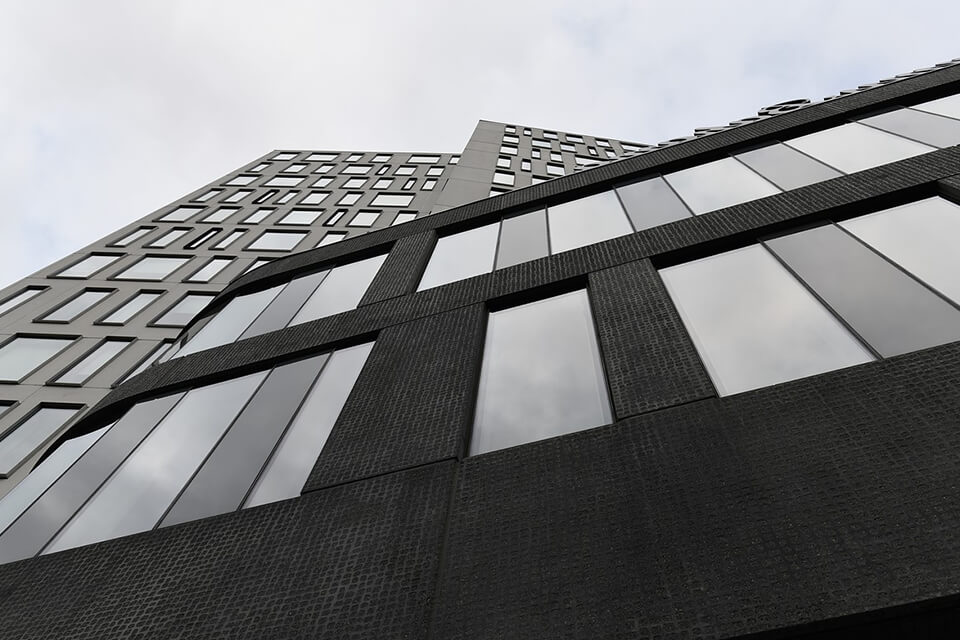
The rear display is crystal-clear and responsive to touch control, making it easy to navigate through settings and review your shots. The accurate color rendition of this camera for real estate photography is another bonus, ensuring that your images reflect the true colors of the buildings.
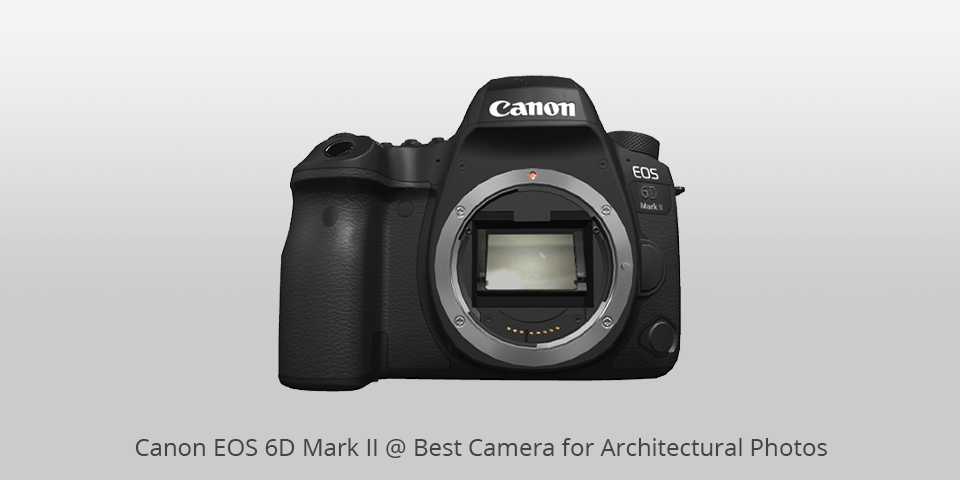
Type: DSLR | Megapixels: 26.2MP | ISO: 100-40000 | Shooting speed: 6.5fps | Video resolution: FHD 1080p
The Canon EOS 6D Mark II has a high-resolution sensor, so you can capture intricate architectural details with utmost precision.
Additionally, the camera's wide range of lenses, including some fantastic primes, allows you to capture the widest possible field of view. This is crucial when you want to capture an entire building without having to move around too much.
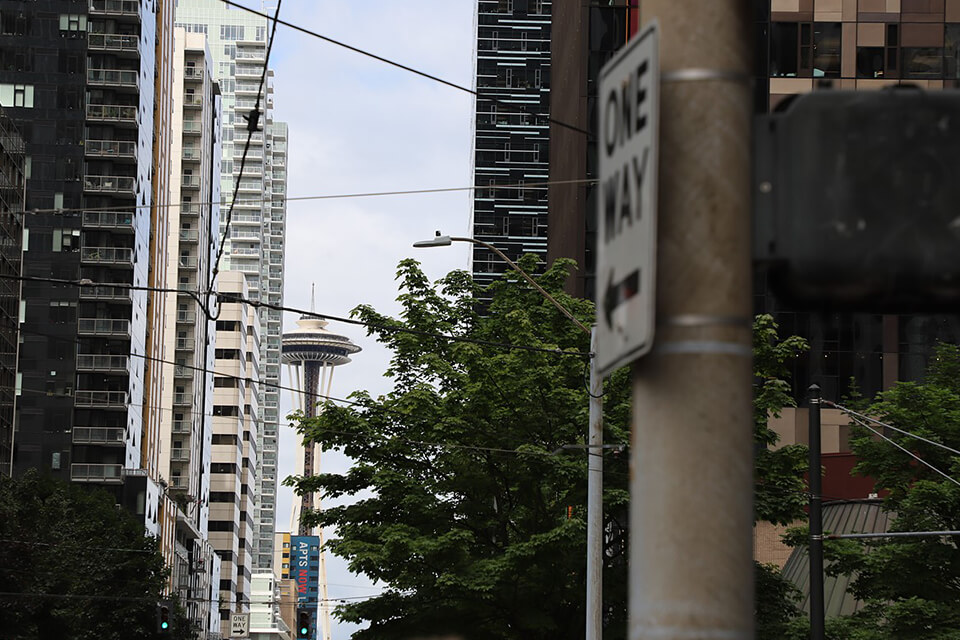
When it comes to shooting interiors, a wider lens is a game-changer, enabling you to capture shots that would otherwise be impossible. Plus, the camera's high dynamic range ensures that even in low-light conditions, fine details are depicted accurately. This is a significant advantage for architectural photography, where capturing those subtle details is essential.
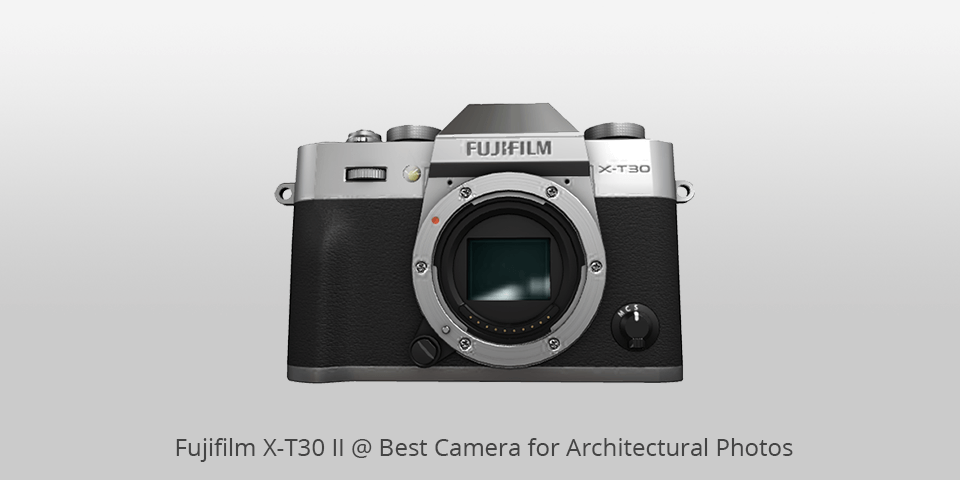
Type: Mirrorless | Megapixels: 26.1MP | ISO: 160-12800 | Shooting speed: 8fps | Video resolution: 4K
The Fujifilm X-T30 II boasts one of Fujifilm's best sensors, paired with an excellent processor. This combination results in an APS-C architecture camera that performs well in various shooting situations, including architectural photo sessions.
Straight out of this Fujifilm camera, JPEG images exhibit rich colors and excellent dynamic range. If you prefer working with RAW files, there's plenty of room for post-processing and tweaking.
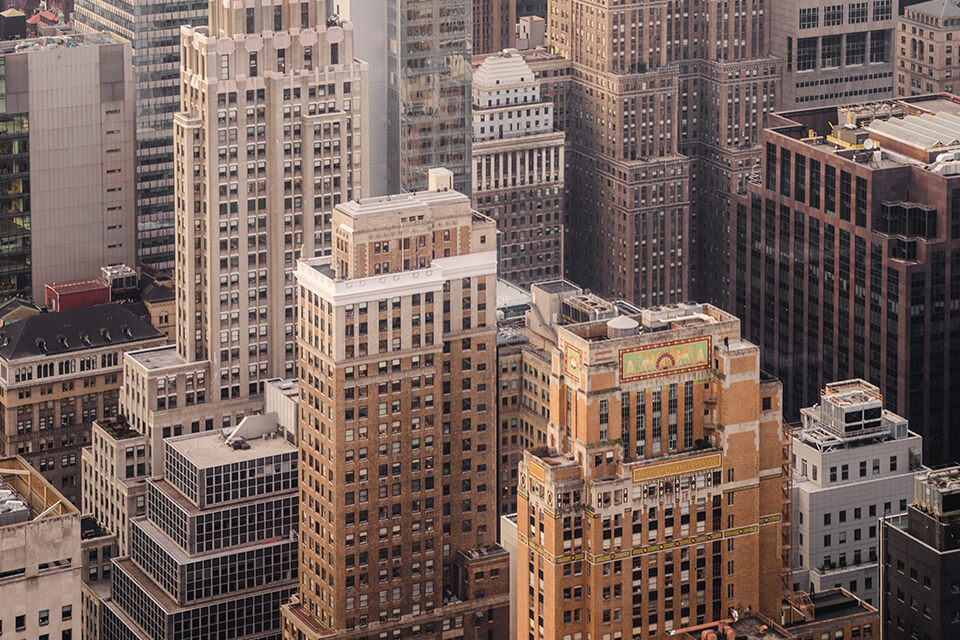
The camera's ISO range is quite wide, allowing you to shoot in low-light conditions without relying heavily on a tripod. This flexibility is a huge plus for architectural photographers who often find themselves in challenging lighting situations.
| IMAGE | NAME | FEATURES | |
|---|---|---|---|

|
Canon EOS R5
OUR CHOICE
|
CHECK PRICE → | |

|
Canon 90D
BEST DSLR
|
CHECK PRICE → | |

|
Nikon Z 6II
FOR LOW LIGHT
|
CHECK PRICE → |
A tilt-shift lens (also known as TS or PC lenses) allows you to control perspective distortion, which is a common issue when shooting buildings. They can shift the lens parallel to the focal plane, enabling you to adjust the framing of the shot horizontally or vertically.
When it comes to focal length, a wide-angle lens is ideal for capturing more of the building in the frame. However, be cautious as using wide angles incorrectly can cause distortion and other issues. Look for a lens for real estate photos that has good optical performance and ensures sharpness and clarity in all corners of the image.
Consider the maximum aperture of the lens, with f/2.8 or higher being preferable. This allows for better low-light performance and makes it easier to focus in dim lighting conditions. It's also worth noting that a high-quality lens should minimize chromatic aberrations, ensuring colors are properly aligned and avoiding blurry or muddy images.
| IMAGE | NAME | FEATURES | |
|---|---|---|---|

|
Canon TS-E 24mm f/3.5L II
|
CHECK PRICE → | |

|
Canon TS-E 17mm f/4L
|
CHECK PRICE → | |

|
Canon RF 50mm F1.8 STM
|
CHECK PRICE → | |

|
Nikon 14-24mm f/2.8G
|
CHECK PRICE → | |

|
Nikkor 19mm f4E ED
|
CHECK PRICE → | |

|
Sony FE 12-24mm f/4 G
|
CHECK PRICE → |
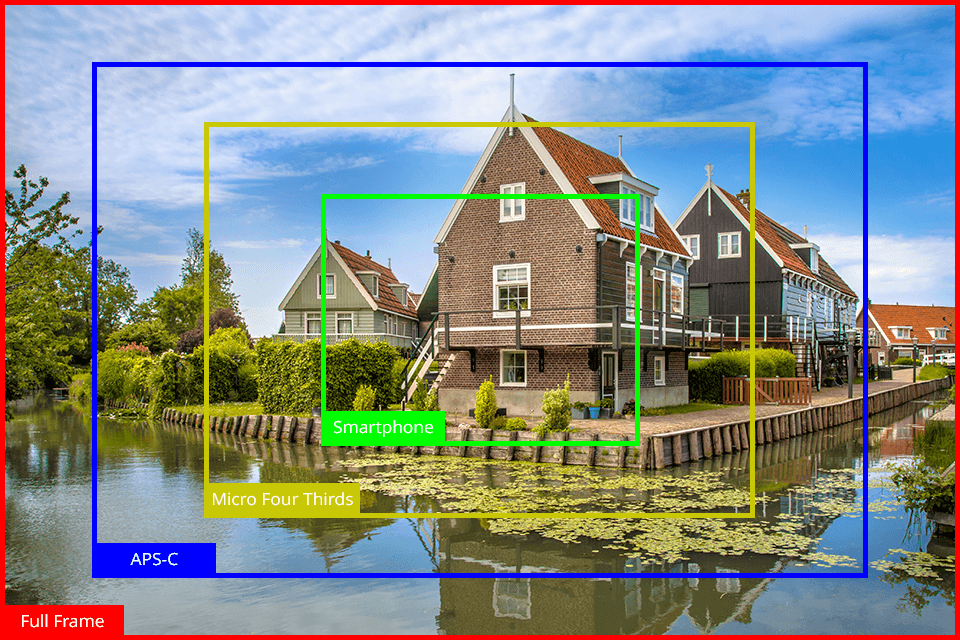
For detailed and well-arranged shots, a camera with a large image sensor and high resolution is essential. Serious architectural photographers often opt for full-frame DSLR cameras, as they offer excellent dynamic range and high-resolution sensors. Mirrorless cameras from major manufacturers like Sony and Canon are also excellent options in terms of sensor quality.
Image stabilization. High-end digital cameras for architectural photography support optical image stabilization. This allows you to avoid taking blurry images. Since holding a camera with a long-zoom lens is not an easy task, most modern models come with this option.
Adaptability. Every photographer, experienced or amateur, knows that the performance of the camera greatly depends on lenses and their characteristics. So, the perfect device should be fitted with wide and ultra-wide-angle lenses that broaden the functionality of the camera.
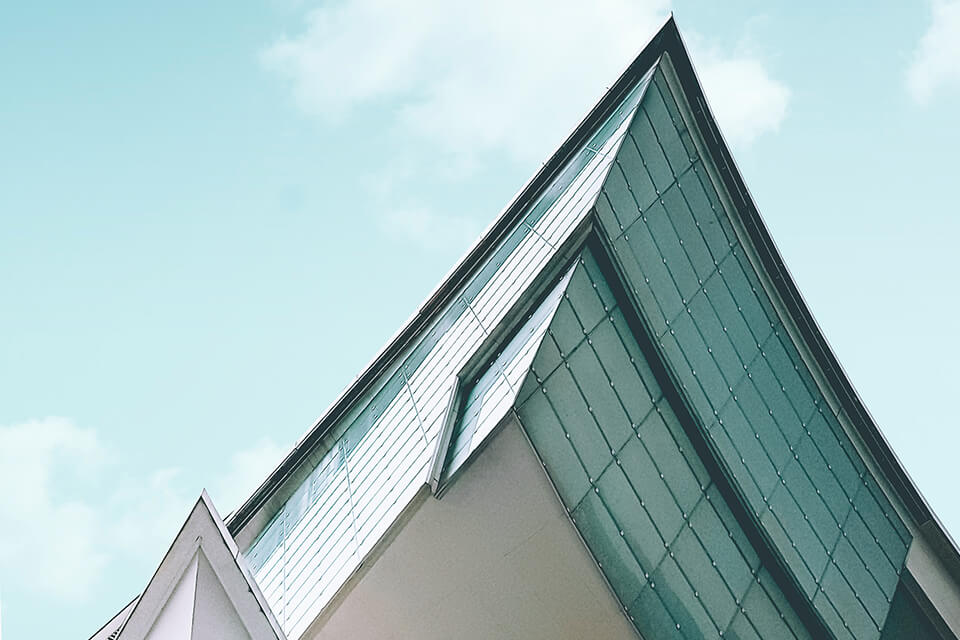
Ergonomics and handling. A camera should fit comfortably in your hand. Don’t buy an expensive camera if it causes discomfort during shooting.
WI-FI & Bluetooth. Such features allow you to transfer your images to a smartphone for further manipulation or quickly share photos on social networks.
You should understand how to adjust the settings for real estate photos properly. Pay attention to exposure, lighting, and camera angles. Besides, you may need some additional real estate photography equipment.
A DSLR is a digital camera. The light is reflected from the lens up to an optical viewfinder with mirrors and interchangeable lenses. When looking in a DSLR through the viewfinder, you see directly through the lens. With a pixel-free optical viewfinder, you get a clear view. A mirrorless camera comes with interchangeable lenses. Such cameras either come without a viewfinder or have an electronic one. Though these models are often lighter and smaller, more advanced devices are quite heavy.
When choosing the best camera for interior photos, consider several aspects, including your budget, goals, device parameters. Crop-sensor cameras are suitable for photographers on a budget. Full-frame devices come with a larger sensor but have a lower depth of field.